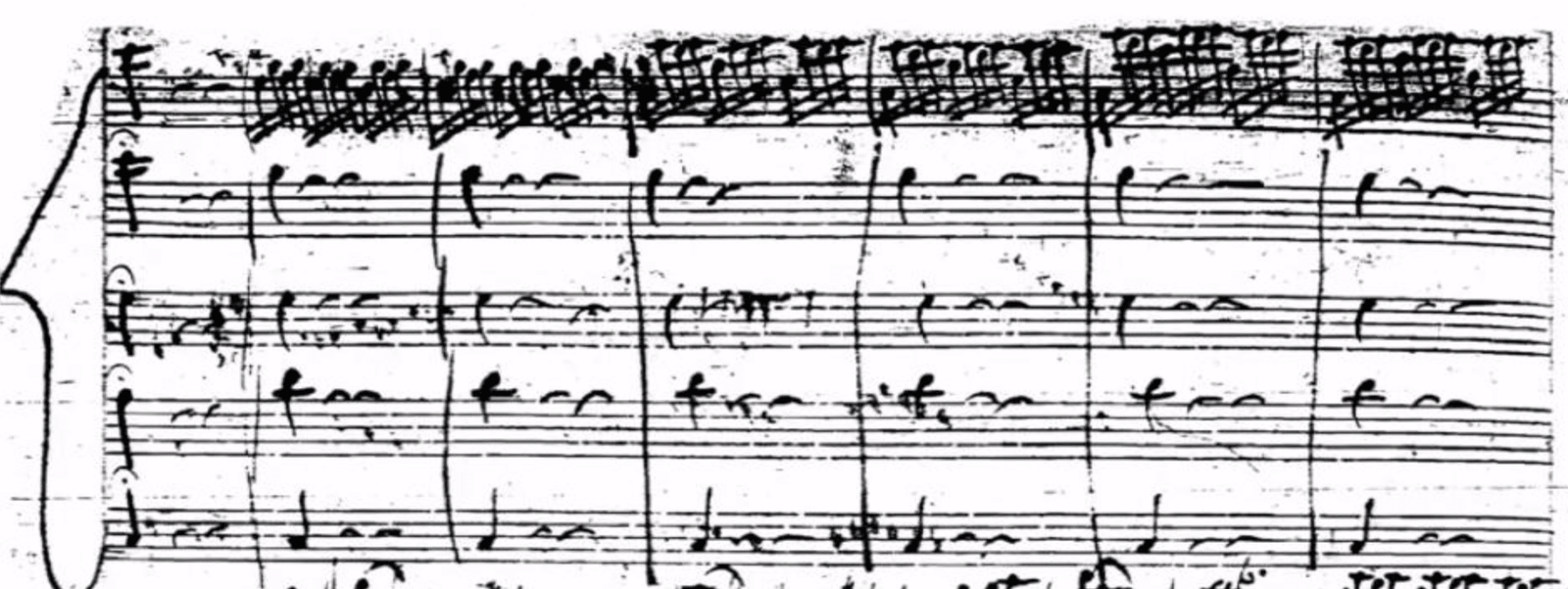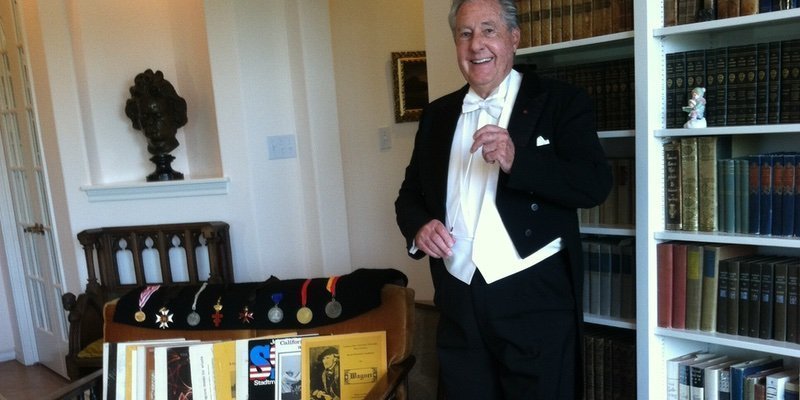Music is a special language to communicate feeling.
All aspects of music performance—composing, repertoire selection, programming, rehearsal technique, conducting and baton technique, recording—should stem from this fundamental truth.
Unfortunately, when conducting our ensembles we rarely get to the point where we discuss the emotions of the music. Our rehearsal time is spent on the grammar of music: rhythms, pitch, articulation, dynamics, tone, balance, intonation, usually in that order. If there is any rehearsal time left before the concert we may get to emotion, but it is not taught as a priority, and usually not taught at all. And unfortunately, we have strayed so far from the purpose of music, that most of us are well satisfied with a performance if it is technically correct, and barely a concern is given to that fundamental truth, that music is a special language to communicate feeling.
How do we teach now?
The amount of time spent on teaching emotion is directly proportional to the age and experience of the musicians. Young ensembles get conductors who rehearse the grammar of music, often with demanding levels of discipline and emotional detachment. Compare this to a professional orchestra whose conductors rehearse nothing but the emotion and meaning of the music.
I believe this is one reason why students drop music for sport. One look at a kid’s sporting team (including the parents on the sideline) and you’ll see overt emotions such as elation, disappointment, anxiety, joy, sadness, anticipation, excitement. This link to the emotions is the norm for a sport. It should be the norm for music as well.
As school teachers we believe that if we get the chance to conduct more experienced musicians (such as an honor band), that we will have the opportunity to rehearse the emotional aspects of music. However, when this chance comes, we aren’t skilled in rehearsing or teaching emotions. We feel self conscious, and we default to creating a technically perfect performance (but on music a grade level more advanced than our usual day job).
Students and audience may be satisfied, but they have unknowingly missed out on the cathartic experience that is the goal of a “musical” performance.
What is the conductor’s job?
Despite the myriad duties we have to cover every week, as conductors we really have only one job—to be the intermediary between the composer and the audience. Everything we do in our busy working life is to serve that purpose. To be successful in this endeavour we have two main tasks: score study and rehearsal.
Score study
In studying a new score it is imperative to remember that the composer had the feeling first, before they wrote notes on paper. The challenge for the conductor through studying the score is to understand what the composer felt, not what they wrote.
Rehearsals
From their study of the score the conductor knows what feelings the composer was trying to communicate. The purpose of the rehearsal is to align the music heard in the room with the music heard in the conductor’s head and to help the musicians discover this element of the music which is not found on their parts (there are no symbols for emotions on their parts).
How do I teach emotion to musicians?
Traditional education does not help students discover or understand their own emotions even though the feelings we have as an individual will determine all important choices in our lives. Teaching a student to understand their emotions is the perfect role for music education.
Beginner bands get conductors who talk about and rehearse the grammar of music almost exclusively, and this is understandable—there is a lot to learn when you are a beginner. But it is not impossible to begin to teach emotion with beginner bands.
Every correction of grammar should have an emotional justification
Here are a few sample sentences to use when correcting the most basic of errors with beginners:
Instead of:
“Trumpets, that rhythm is not together. Let’s practice it.”
Try using:
“Trumpets, that phrase would be more exciting if we all played the rhythm together accurately. Let’s practice it.”
Instead of:
“Saxophones! For the love of all that is holy, it’s an F-sharp, not an F-natural!”
Try:
“Saxophones, the composer wanted this section to sound beautiful. Let’s all mark the F-sharp on our parts”
As conductors we need a huge dictionary of adjectives at our disposal, so we can describe each minute difference in emotion: happy and sad is a good place to start but you will need to move on from there very quickly.
adventurous, aching, affectionate, aggressive, agonizing, angelic, anguished,
animated, anxious, apprehensive, austere, babyish, barren, beautiful, blissful, bouncy, brilliant, buoyant, cautious … [There are heaps of adjective word lists available that you can use to expand your arsenal of emotionally descriptive words. Here is just one.]
Some more sentences with adjectives:
“Let’s all get the A-flat so that the melody becomes more melancholy.”
“Brass, you can play really strongly here, so we get it to sound majestic.”
As we keep talking like this in rehearsal, the students come to learn that every correction of a technical error brings us closer to the goal of reflecting the composer’s intended emotions.
The rewards of teaching emotions
- Even if your concert is not technically perfect you will have a much greater feeling of satisfaction from remembering that music is a special language for communicating feeling. An exciting/gorgeous/inspiring concert is much better than a technically perfect one.
- Students start to understand what different emotions sound like, and what they feel like. This is one of the most important ways that music teachers can contribute to the lives of their students, by giving them a safe environment where they can come to know themselves.
- The rehearsal room is a place where students can learn to identify and control other emotions not directly displayed by the composition. Emotions like frustration, boredom, fear and anxiety. It can be frustrating working on the same passage over and over. It can be scary to be playing a solo. It can be boring when the conductor has to rehearse the percussion section ad nauseam. Learning to control these often negative emotions will leave students better prepared for life beyond school.
Remembering the fundamental truth, that “Music is a special language to communicate feeling,” can give a far more important purpose to our jobs as conductors and to the lives of our students.




